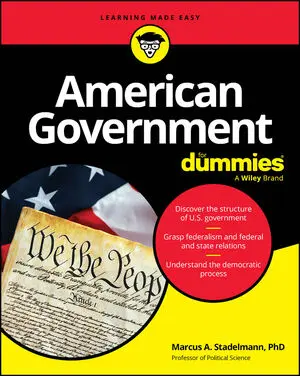The White House Press Secretary is a senior White House official whose primary responsibility is to act as spokesperson for the President of the United States and the White House. The White House Press Secretary is responsible for communicating the president’s reactions to world events, as well as providing information about actions of the White House and the president’s administration.
What are the White House Press Secretary’s responsibilities?
The White House Press Secretary is responsible for collecting information about actions and events within the president’s administration and interacting with the media. The information may include a summary of the president’s daily schedule, presidential visitors, and the official position of the administration on current events or political issues.
The press secretary traditionally fields questions from the White House press corps in the daily press briefing and press conferences, which are generally televised, and “press gaggles,” which are on-the-record briefings without video recording, although transcripts are usually made available. The press secretary also sets embargo rules where the press is asked not to report on information or stories until a specific time.
History of the White House Press Secretary
Before 1880, little need existed for a designated spokesperson to manage the relationship between the president and the newspapers covering him. As the White House staff grew, they interacted more and more with a growing number of professional journalists. Some presidents hired aides with backgrounds in journalism as they hired more staff to execute presidential duties.
For example, John Nicolay, President Abraham Lincoln’s private secretary, was the editor and owner of an Illinois newspaper before serving the president. Nicolay interacted with the press in the course of his duties and was asked to verify stories or information for the press.
Beginnings of the White House press corps
At the end of President Cleveland’s administration, a new feature materialized in White House press coverage. William Price auditioned for a job with the Washington Evening Star by positioning himself at the White House where he interviewed guests entering or leaving the White House and reporting stories in a column under the headline, “At the White House.” Competitor newspapers quickly sent their own reporters to cover the White House and soon a White House beat developed with reporters assigned to submit daily stories on White House activities.
Around 1898, reporters on the White House beat were invited into the mansion and provided space to write and conduct interviews. President Theodore Roosevelt, who asked planners to include permanent space for the press corps in the West Wing that he ordered built in 1902, cemented the long-term presence of the press corps in the White House.
President Coolidge’s administration (1923-1929) first used the term “White House spokesman” to any degree, as press conference rules mandated that the press corps could attribute quotes or statements only to a “White House spokesman” and not directly to the president.
President Roosevelt’s administration and the first White House Press Secretary
Under President Franklin D. Roosevelt, Stephen Early became the first White House secretary charged exclusively with press responsibilities. Before serving the president, Early worked as an editor at Stars & Stripes and an Associated Press reporter. Early is often credited as being the first true White House Press Secretary due to his approach to the press corps portfolio and the increasingly high-profile nature of the press secretary position.
After accepting the position, Early obtained presidential approval for several key elements of the press secretary role. Early received unfettered access to the president, authority to have his quotes and statements attributable to him as press secretary, and the discretion to offer factual information to the press as it became available. He also convinced President Roosevelt to conduct twice-weekly presidential press conferences and timed them to meet different press corps deadlines.
President Roosevelt held more than 300 press conferences in his first term. Early routinely prepared the president for these press conferences, identifying potential issues, suggesting possible answers and sometimes planting questions and issues with specific reporters. These press conferences also began the tradition of the senior wire reporter concluding the session and signaling the end of questions by stating, “Thank you, Mr. President.”






